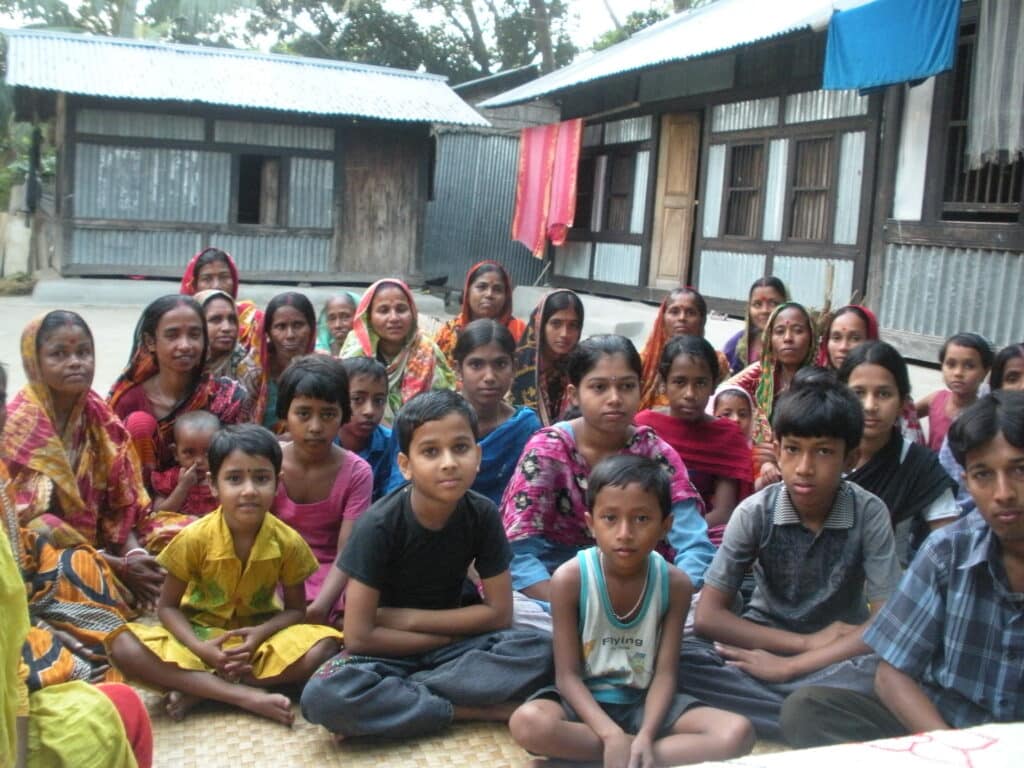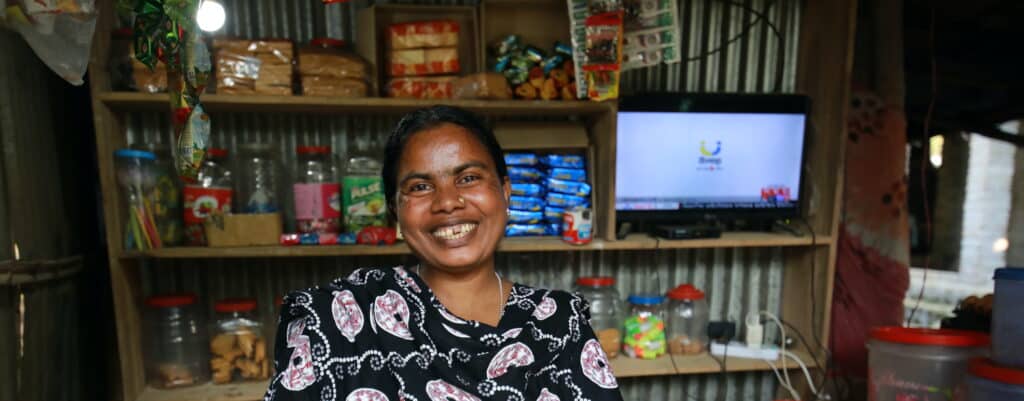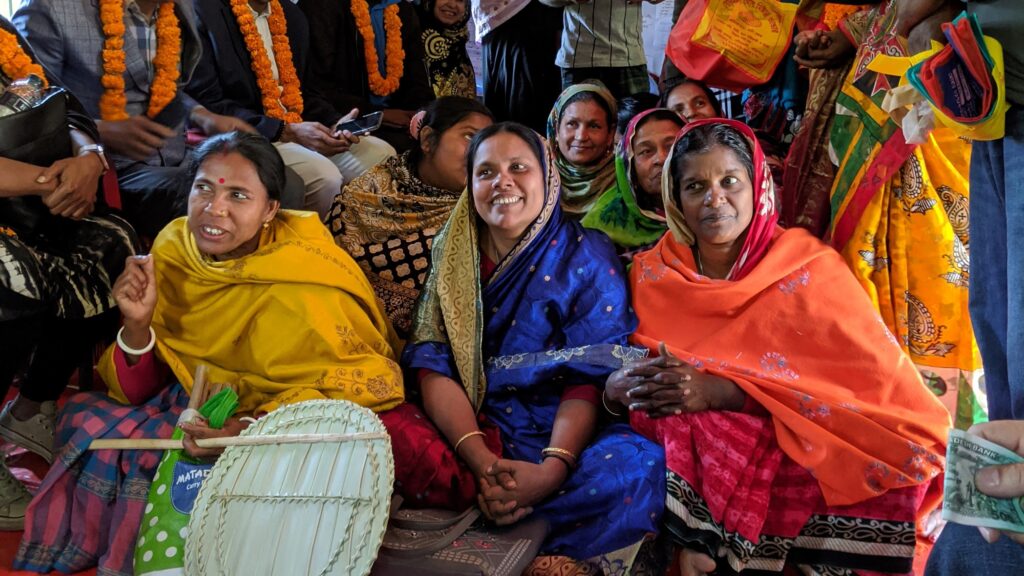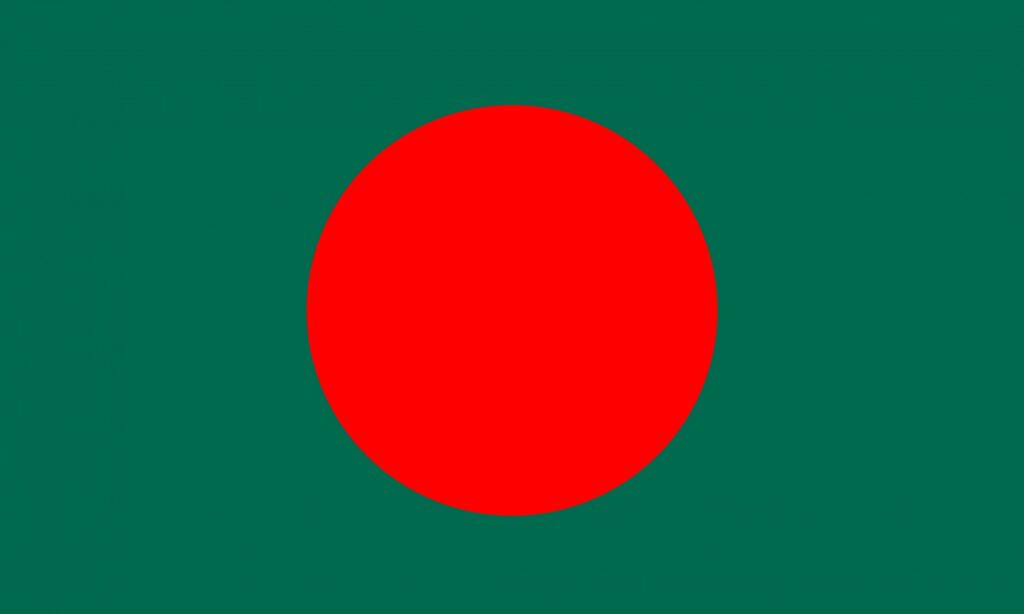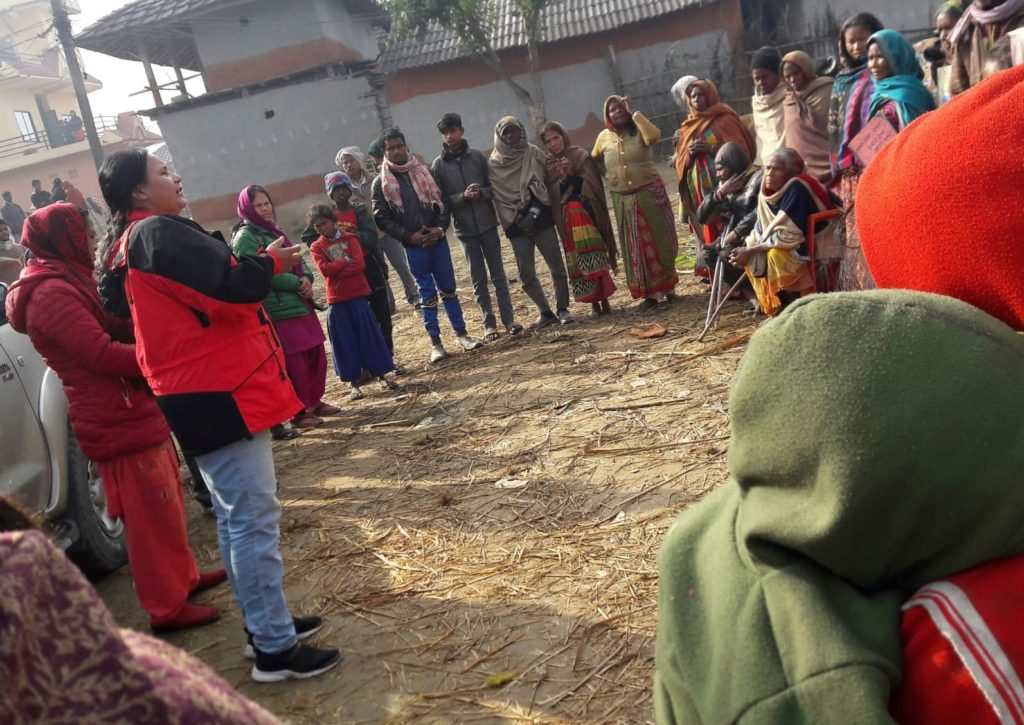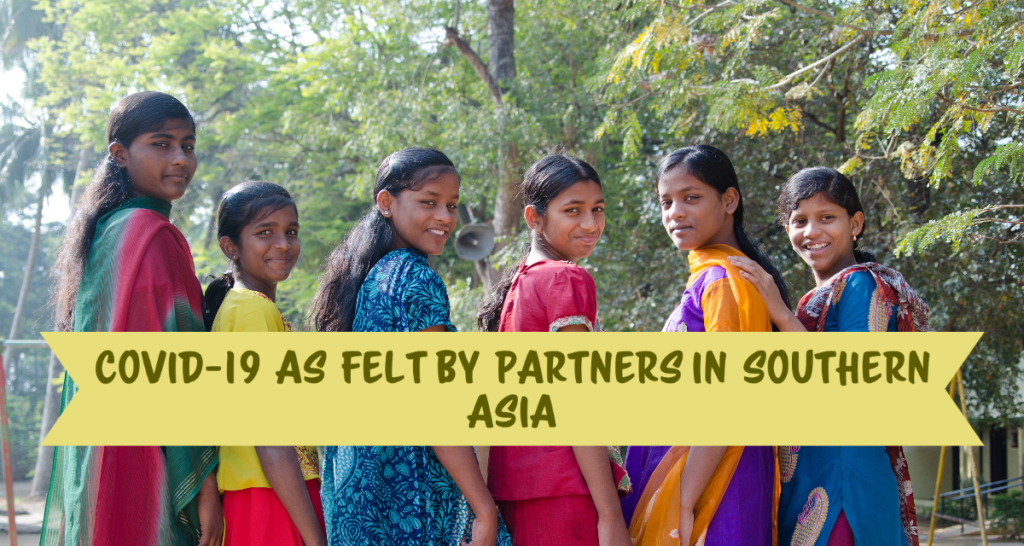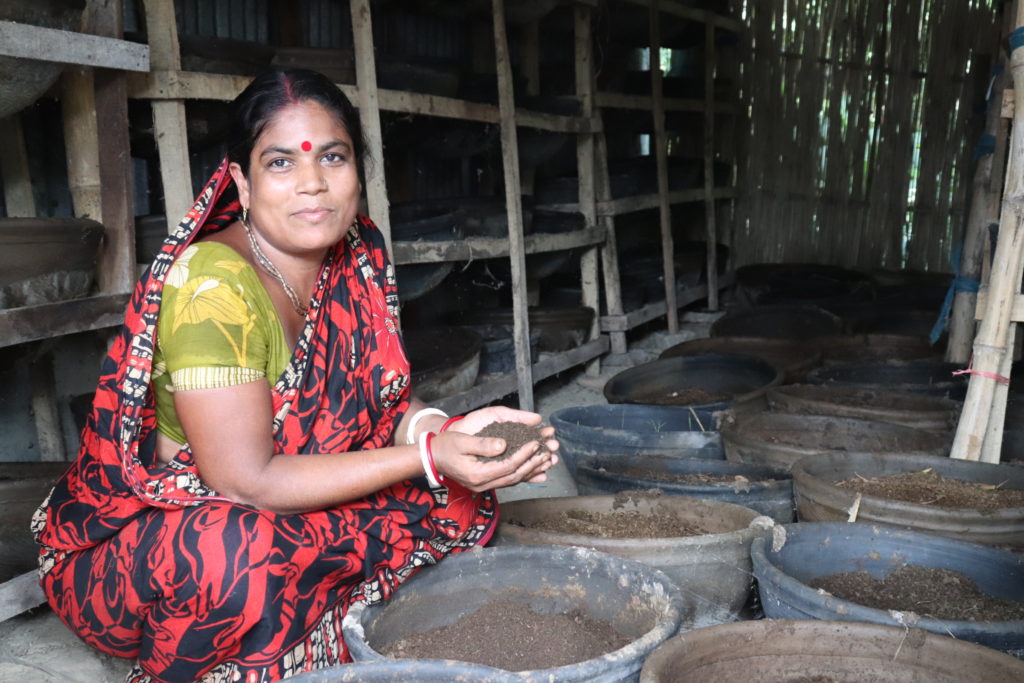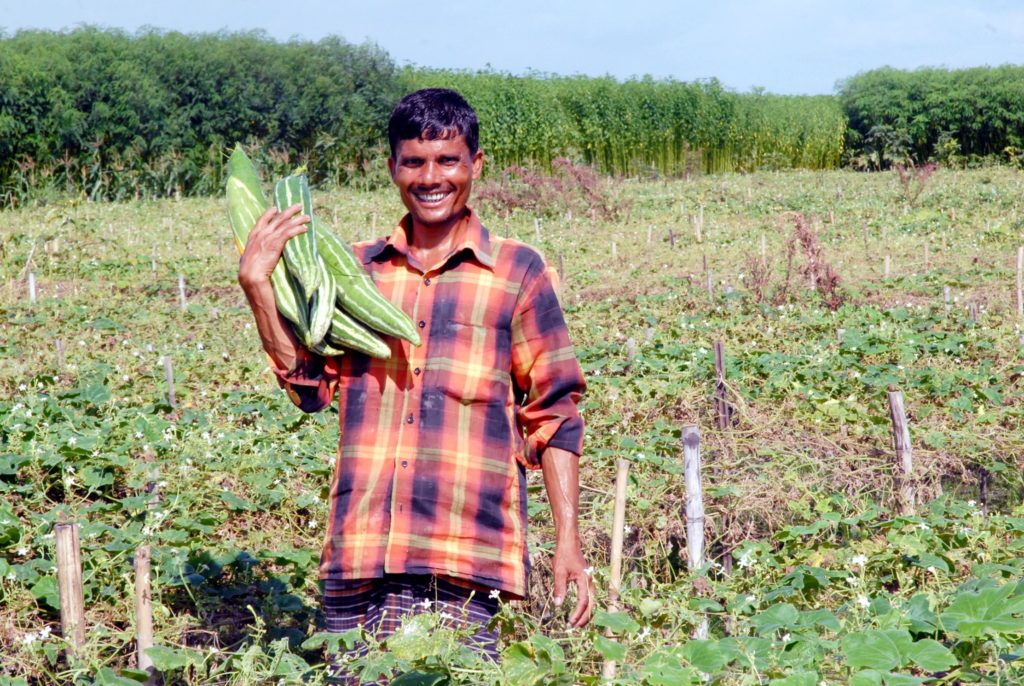Bangladesh is surrounded by India on the West, North and Northeast, Myanmar on the Southeast and the Bay of Bengal on the South. Bangladesh has a strategic location and acts as bridge between South Asia and Southeast Asia. It has a population of 129.2 million people. Bangladesh is about the same size as New York State with half the population of the United States. Dhaka is the capital and has a population of about 9 million.
Bangladesh, originally known as Bengal, was settled by many peoples – Mughul (Mongol), Arab, Persian, Turkic, West European, and Indo-Aryan. The original state societies were Hindu and Buddhist kingdoms. These dynasties were overtaken during the 1300s C.E. by Sufi Muslim invaders, who led much of the population to convert to Islam. In the 1500s, Bengal was absorbed into the Mughul Empire, and during this time merchants from the East India Companies of Holland, France and Britain made their initial contacts. Bengal became part of the British Empire in 1859.
Bangladesh, because of its predominantly Muslim population became part of Pakistan when the region gained independence from the British in 1947. In 1972, it gained its independence from Pakistan through violent struggle and reclaimed the name “Bangladesh”. In 1991, all the political parties in the opposition opted for a parliamentary system of governance in place of the existing presidential system. In 1996 the provision of holding general elections in the country under a non-party neutral caretaker government was incorporated in the Constitution. This was designed to safeguard the franchise of the people.
Most of Bangladesh is at low elevations and is divided into five physical regions: (I) the Ganges Delta to the Southwest, (II) the Paradelta to the Northwest, (III) the East Central plains and the Sylhet Hills in the Northeast, and (IV) the Chittagong region in the Southeast. Bangladesh is the largest deltaic region in the world.
The people of Bangladesh make their livings from agriculture (3 rice crops per year), textiles/garments, jute products, seafood processing, fertilizer production, sugar, tea, leather and ship-breaking for steel. Many of the people are landless and are forced to live on and cultivate flood-prone land. The Bengalis are predominantly Muslim (88%) with minority populations of Hindus (11%), Christians, Buddhists and others. Almost everyone in Bangladesh speaks Bengali which is the official language. Many also speak English. There are also tribal languages that are spoken in some areas.
Periodic severe flooding during monsoons has been exaggerated due to global warming. During the summer of 2004 Bangladesh saw the worst flooding in 15 years. Over 20 million people were affected.
Population (2014 est) – 166,280,712
Area – 89,480mi
Capital – Dhaka
Ethnic Background
- Bengali – 98%
- Other (includes tribal groups, non-Bengali Muslims) – 2%
Exports – garments, knitwear, agricultural products, frozen food (fish and seafood), jute and jute goods, leather
Imports – machinery and equipment, chemicals, iron and steel, textiles, foodstuffs, petroleum products, cement
Life Expectancy (2014 est) – M 69 years, F 73 years
Infant Mortality (2014 est) – 45.67 deaths/1,000 live births
Adult Illiteracy Rate – 42.3%

